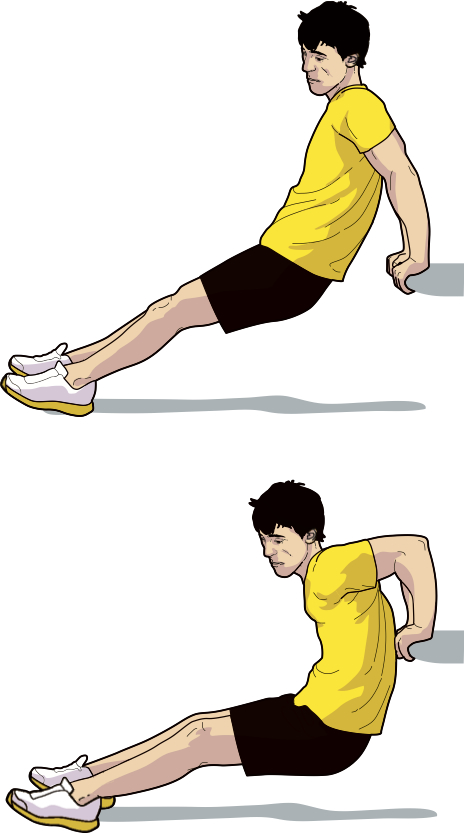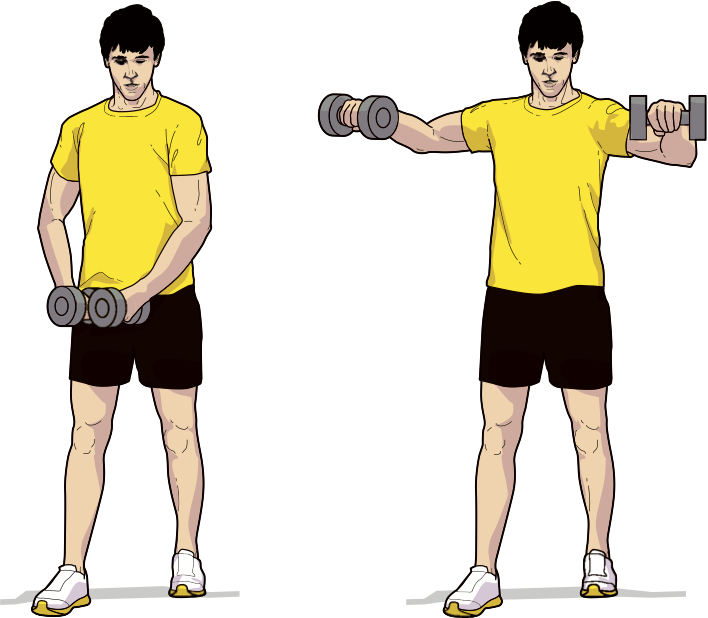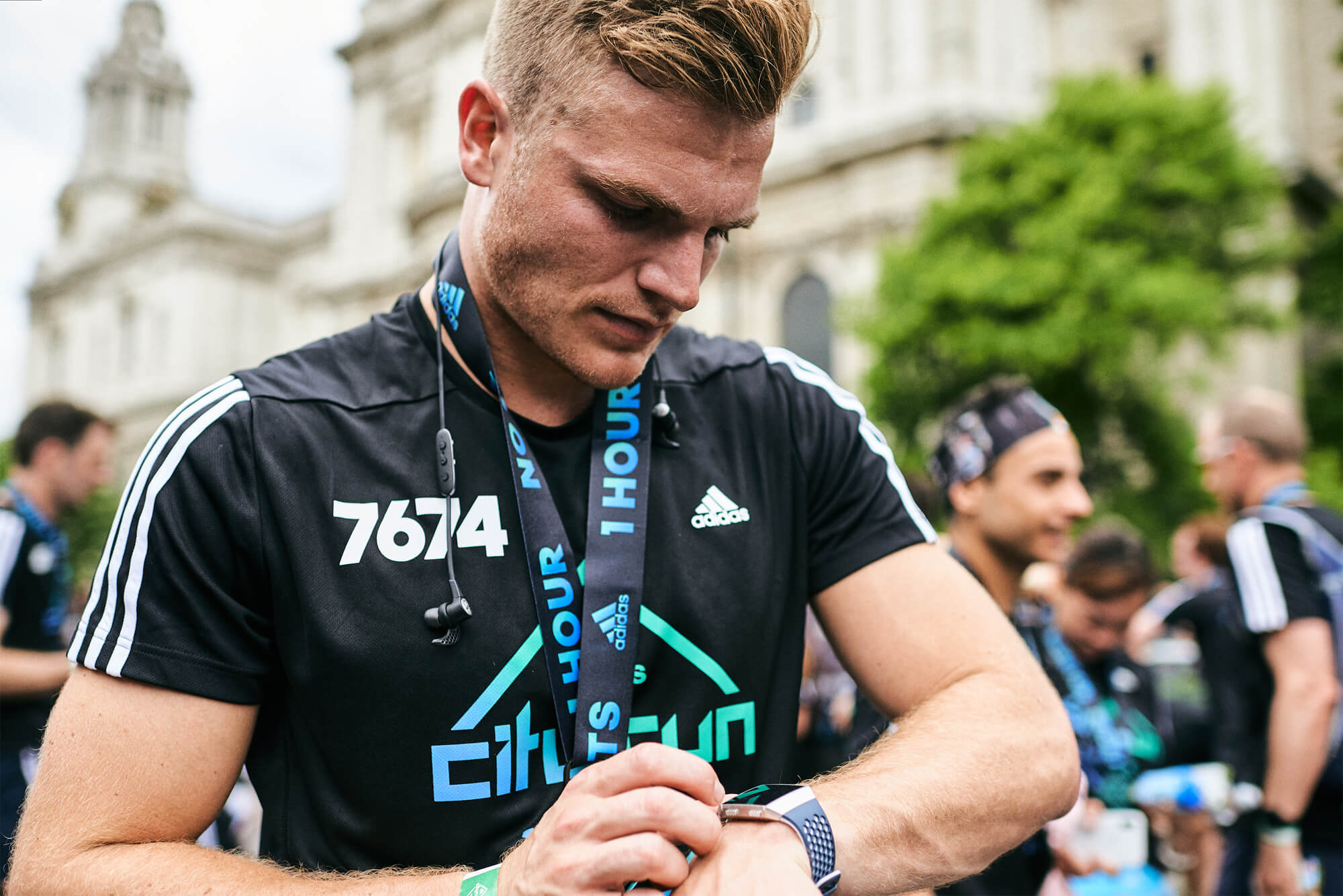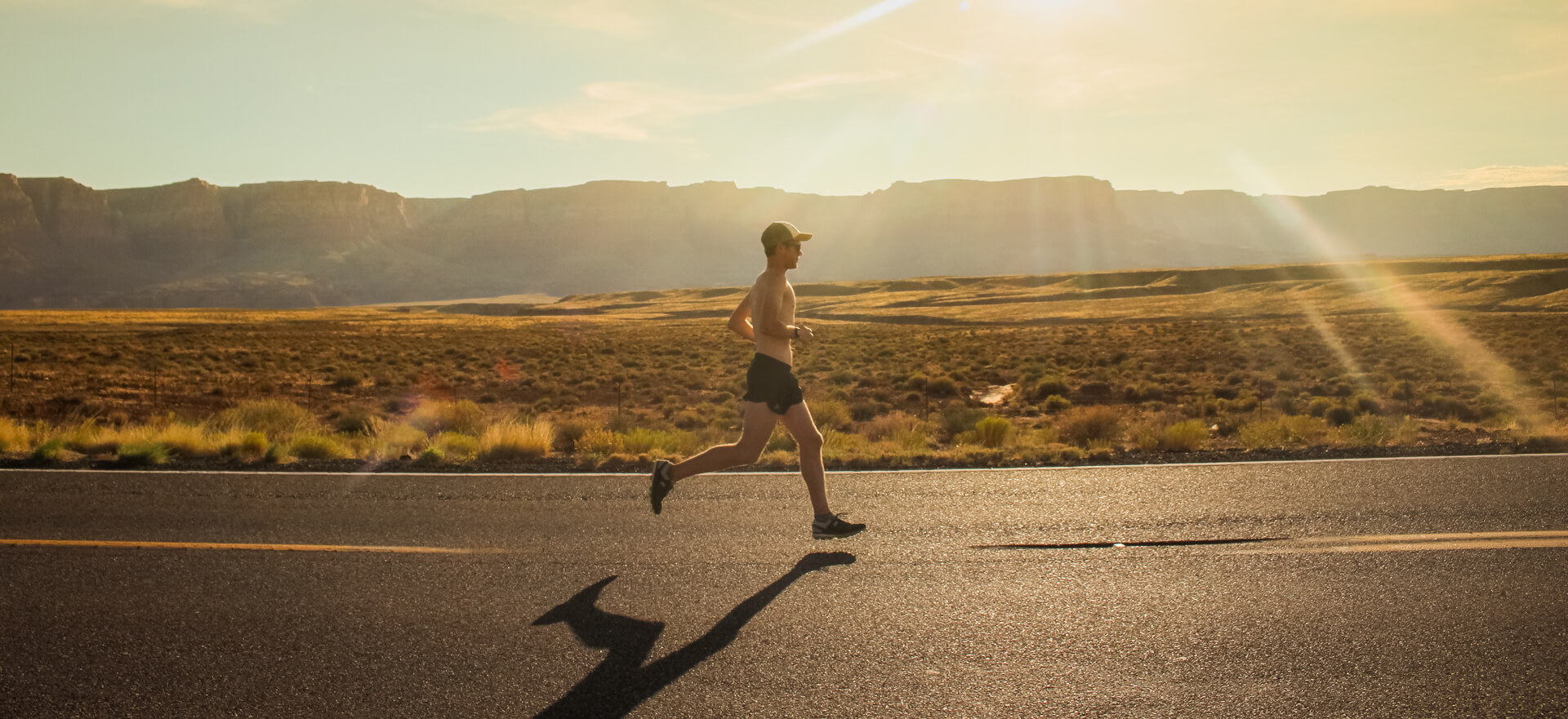Runners often think running is all about legs, but having a strong upper body can really help boost performance. This workout strengthens arms, shoulders, chest and core muscles to complement your training
Coming in two circuits, aim to do both five days in a week.
Circuit 1: Perform each exercise for one minute doing as many repetitions as you can without losing technique. Don’t rest in between exercises.
Rest for one minute
Circuit 2: Perform each exercise for one minute doing as many repetitions as you can without losing technique. Don’t rest in between exercises.
Lateral raises
Area trained: Shoulders (deltoids)
Why do it?
It improves your ability to power up hills especially when fatigued
Technique:
Stand tall and hold a weight in each hand in front of your body
Keep a slight bend in both elbows
Lift the weights sideways until it’s level with your shoulders
Slowly lower with control
Be safe:
Don’t swing your body when you lift the weight.

Biceps curls
Area trained: Front upper arm (biceps)
Why do it?
Strong arms can prevent upper body fatigue during long runs
Technique:
Stand upright and hold a weight in each hand with your palms facing forward
Keep your elbows tucked into your sides
Curl the weights up towards your shoulders
Slowly lower with control
Be safe:
If your back hurts stand with one foot in front of the other.

Dips
Area trained: back of your arms (triceps)
Why do it?
Strengthen your arms for that finishing sprint
Technique:
Sit on the edge of a bench with your hands next to your hips
Straighten your legs out in front of you
Lift your bottom off the bench
Bend your elbows until it forms a right angle
Slowly lift up and straighten your arms
Be safe:
Don’t lock your elbows in the top position.

Push ups with your feet on a stability ball
Area trained: Chest, shoulders and back of arms (pectorals, deltoids, triceps)
By adding the instability of the ball you increase the intensity of the exercise thus strengthening your upper body quicker.
Technique:
Place your knees and shins on a stability ball
Keep your hands next to your shoulders
Keep your stomach muscles tight to prevent your back from arching
Bend your elbows and lower your chest towards the floor
Only lower as much as you feel comfortable
Straighten your arms back to the starting position
Be safe:
Ensure that your hands are not in front of your shoulders but next to it.
Easy: keep your knees and shin on the ball
Hard: keep your feet on the ball

Mountain climber
Area trained: Shoulders, arms and core (deltoids, rhomboids, biceps, triceps, transversus abdominus)
Why do it?
This is a functional movement that requires you to use your upper body and your core muscles at the same time.
Technique:
Lie on your stomach on the floor
Place your hands about shoulder width on the floor
Lift your body up off the floor to form a straight line between your feet, hips and shoulder
Bring your left knee in towards your left elbow
Keep your left foot off the floor
Return your left leg and repeat the move on your right
Alternate between left and right
Be safe:
Don’t let your lower back arch.
Why do it?
Strengthen your legs and core in one easy move.

Walking lunges with rotations
Area trained: Thighs, side muscles, core and balance (hamstrings, quadriceps, obliques, transversus abdominus)
Technique:
Stand upright
Step forward with your right leg
Bend both legs and rotate your body towards the right side
Step backwards to the standing position
Repeat towards the left side
Alternate between right and left
Be safe:
Keep your core muscles tight and your upper body upright.








